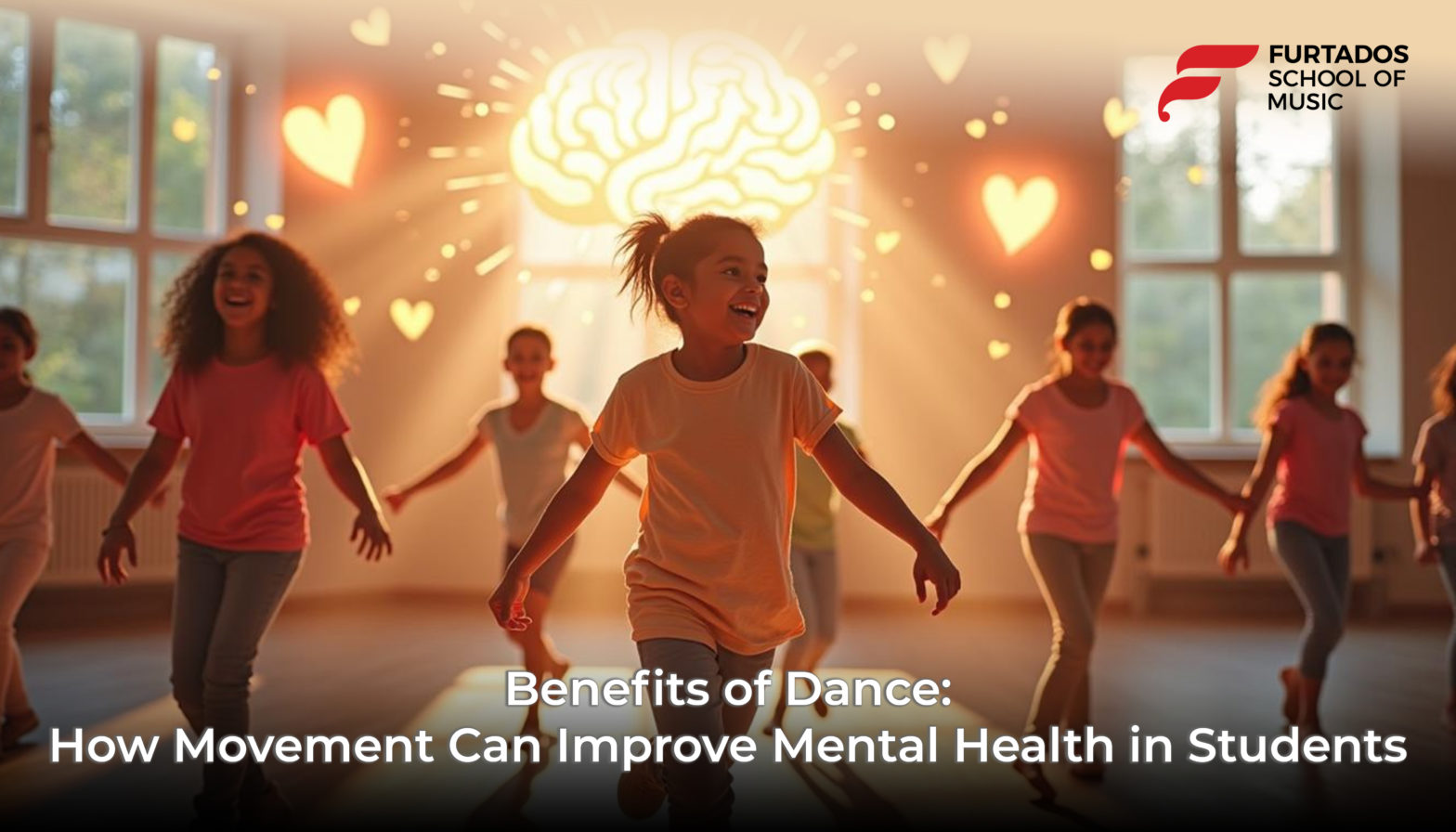The Challenges Students Face
In today’s fast-paced academic environment, students face significant emotional and mental challenges. Stress from exams, peer pressure, and personal struggles can negatively impact their well-being. Schools are increasingly seeking ways to address these issues, and one promising solution is dance. Dance not only fosters creativity but also supports mental health by providing an outlet for self-expression and emotional processing.
Benefits of Dance for Mental Health
Emotional Benefits of Dance
Stress Relief
Dance is a highly effective stress reliever. When students engage in dance routines, their bodies release endorphins—natural chemicals that elevate mood and reduce stress. This physical activity provides a much-needed break from the demands of school life and offers a creative way to manage emotions. By linking physical activity and mental health in students, dance helps them navigate academic pressures with ease.
Emotional Expression
Dance allows students to express their emotions in a unique and non-verbal way. Movements can convey a wide range of feelings, from joy to frustration, offering a healthy outlet for emotions that might otherwise remain bottled up. This practice improves emotional awareness and helps students build stronger mental resilience.
Building Resilience
Learning and mastering dance routines can be challenging, but these obstacles provide valuable lessons in perseverance and adaptability. Whether it’s perfecting choreography or performing in front of an audience, students develop resilience and gain the confidence to overcome challenges. These experiences directly contribute to their emotional well-being.
Dance and Mental Health: The Connection
Boosting Self-Esteem
Participation in dance significantly boosts self-esteem. Each successful step or performance instills a sense of pride and accomplishment, fostering a positive self-image. Improved self-esteem has a cascading effect, leading to better mental health and increased confidence in other areas of life.
Encouraging Social Support
Dance often involves group activities, creating opportunities for students to bond with their peers. These shared experiences promote friendships and foster a sense of belonging. By participating in student mental health activities like group dance, students build strong social connections that are vital for mental well-being.
Incorporating Dance into School Programs
Safe Spaces for Expression
Schools can integrate dance programs for student wellness into their curricula or offer them as extracurricular activities. These programs provide safe spaces where students can freely express themselves, explore their creativity, and benefit from the emotional advantages of dance.
Promoting Mental Health Awareness
Incorporating discussions about dance and mental health into school programs can help students understand the importance of physical activity for emotional well-being. By emphasizing the connection between physical activity and mental health in students, schools can create a more comprehensive approach to fostering wellness.
A Pathway to Wellness
Dance is more than just a physical activity—it’s a gateway to improved mental health and emotional resilience. Whether it’s relieving stress, encouraging emotional expression, or building self-esteem, the benefits of dance are undeniable.
Conclusion
By prioritizing dance programs for student wellness, schools can create supportive environments where students thrive both emotionally and mentally. Dance helps bridge the gap between physical activity and mental health in students, offering a holistic approach to well-being. As schools continue to explore innovative solutions for supporting student wellness, dance should remain a key component in their strategies, paving the way for a brighter and healthier future.
